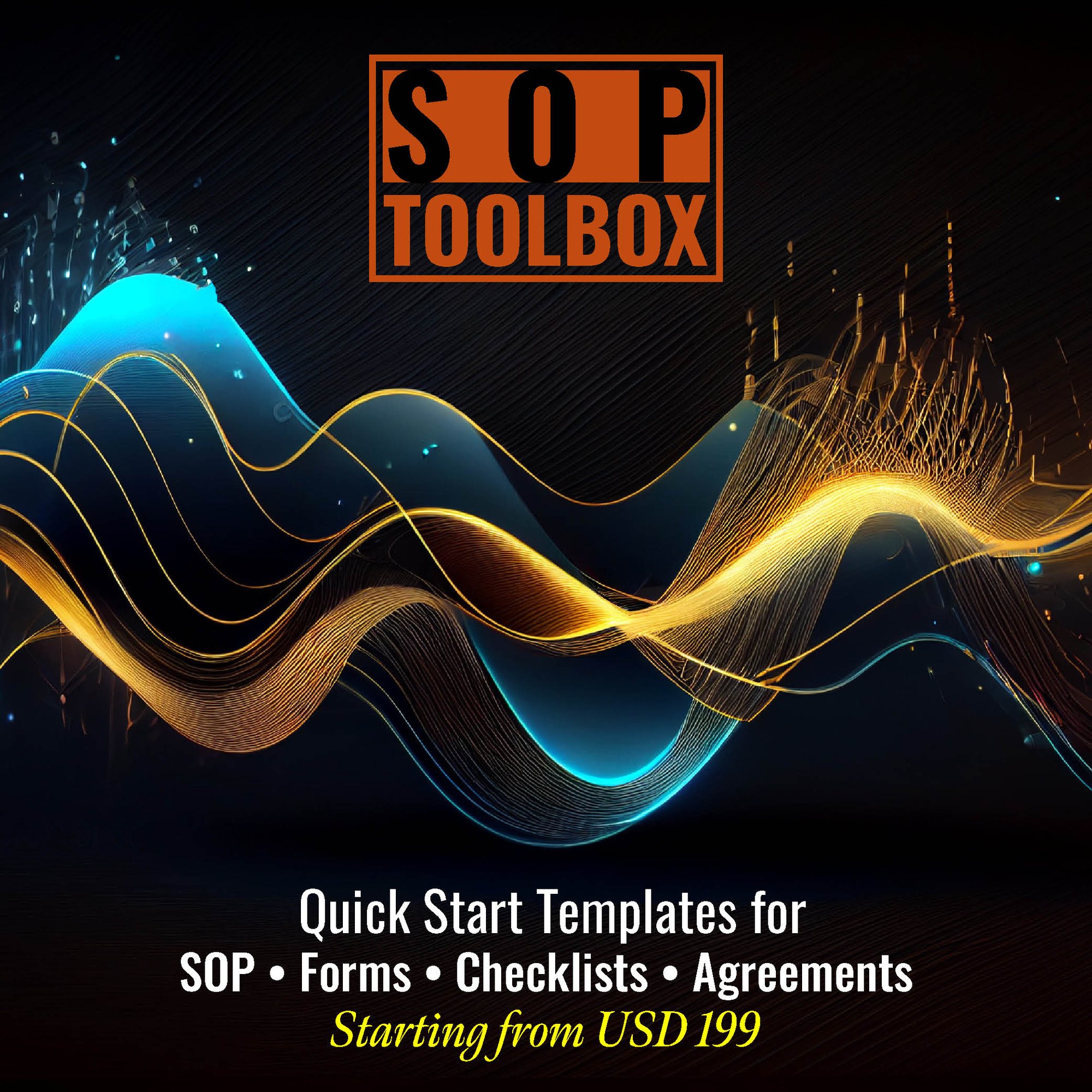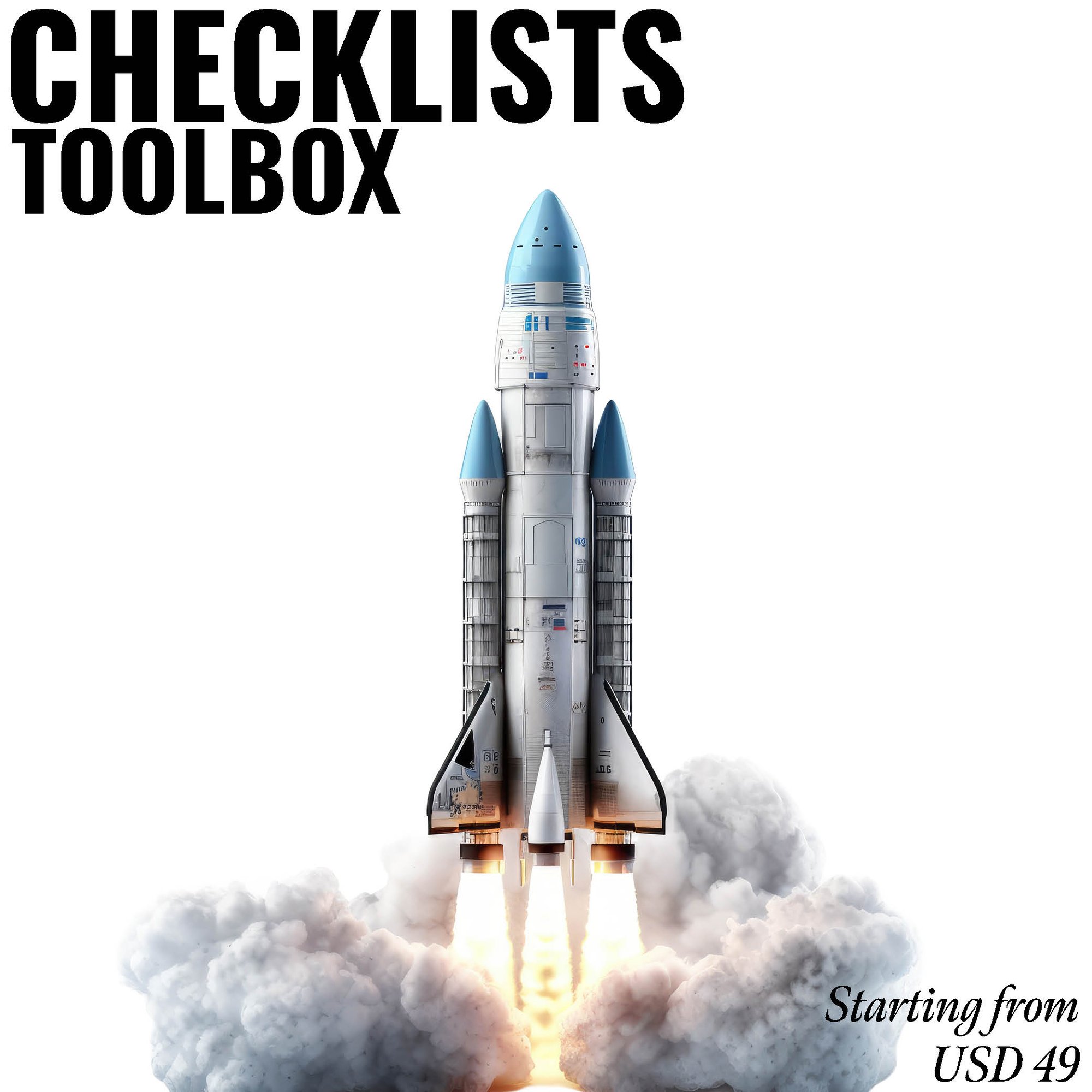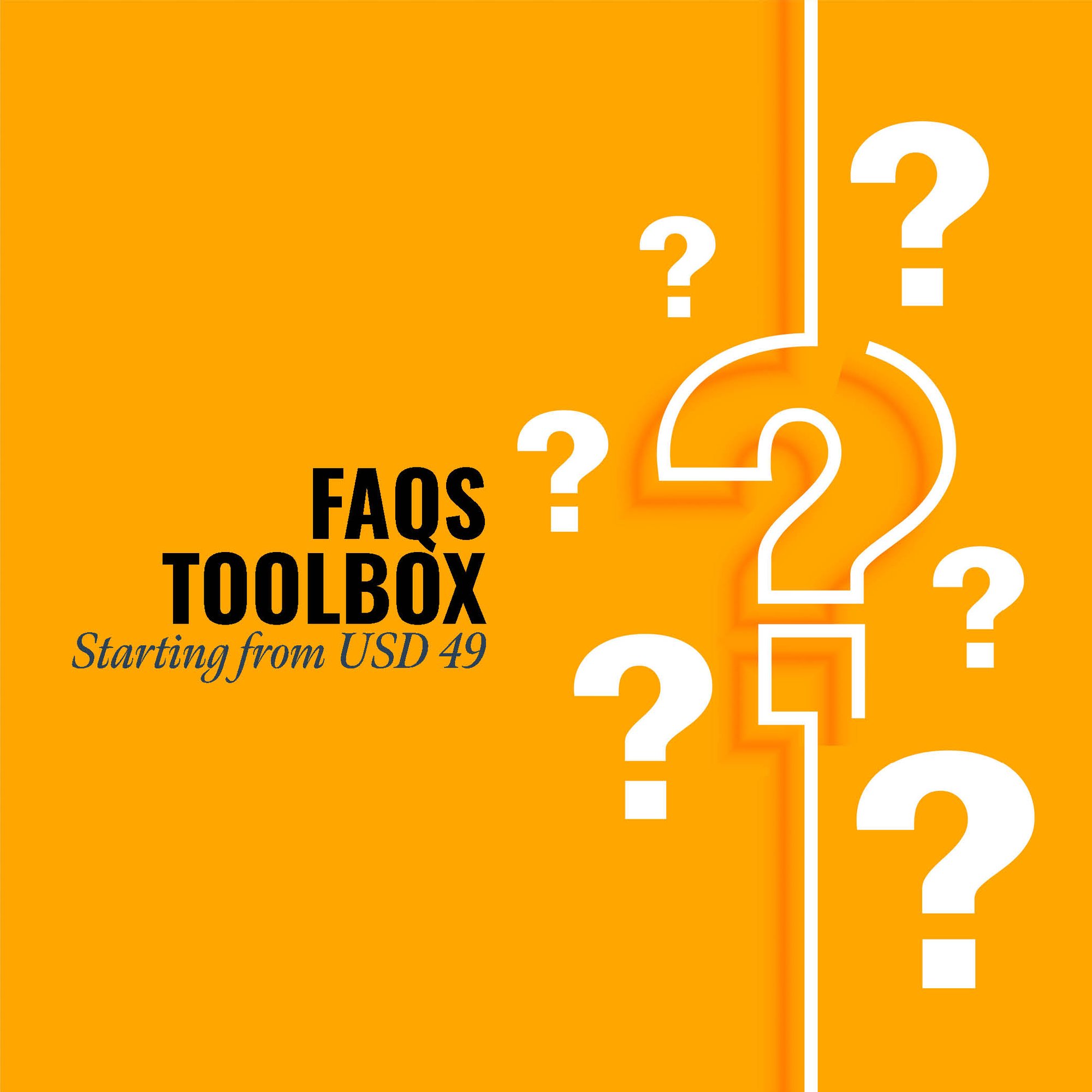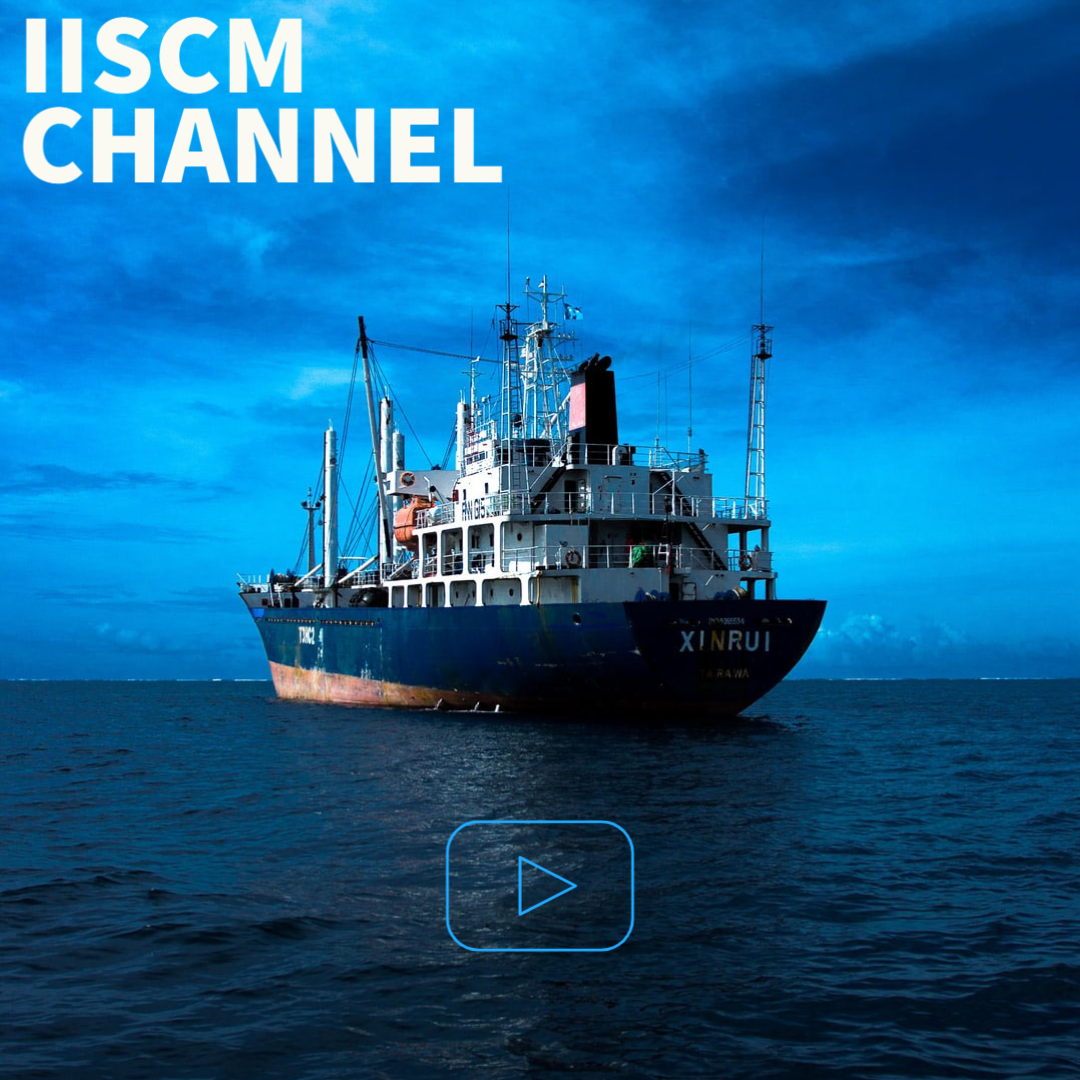The "Soybean Farming SOP Manual" holds substantial worth in the agricultural sector, specifically within soybean cultivation. This manual provides a structured framework for standardized procedures in planting, cultivating, harvesting, and post-harvest activities. Its worth is evident in optimizing operational efficiency by ensuring consistency in farming practices, leading to increased yield and quality. The manual becomes a crucial tool for training, expediting the onboarding process for new farmers and fostering a unified understanding of best practices. Moreover, it contributes to risk management by addressing safety protocols, reducing the likelihood of accidents, and ensuring compliance with environmental and agricultural regulations. Additionally, the SOP manual promotes sustainable farming practices, addressing soil health and pest control. Ultimately, the "Soybean Farming SOP Manual" is invaluable for enhancing productivity, sustainability, and safety standards, thereby playing a pivotal role in the success and efficiency of soybean farming operations.
CLICK HERE to download the List of SOPs Document in PDF format. Please share this document with your clients, colleagues and senior officers.
Top 50 Standard Operating Procedures (SOPs) for Soybean Farming
SOP-218-001: Standard Operating Procedure for Crop Planning and Rotation
SOP-218-002: Standard Operating Procedure for Seed Selection and Procurement
SOP-218-003: Standard Operating Procedure for Soil Preparation
SOP-218-004: Standard Operating Procedure for Planting and Seeding
SOP-218-005: Standard Operating Procedure for Irrigation Management
SOP-218-006: Standard Operating Procedure for Fertilization Practices
SOP-218-007: Standard Operating Procedure for Pest and Disease Control
SOP-218-008: Standard Operating Procedure for Weed Management
SOP-218-009: Standard Operating Procedure for Crop Monitoring and Scouting
SOP-218-010: Standard Operating Procedure for Harvest Planning

SOP-218-011: Standard Operating Procedure for Combine Operation
SOP-218-012: Standard Operating Procedure for Grain Handling and Storage
SOP-218-013: Standard Operating Procedure for Drying and Conditioning
SOP-218-014: Standard Operating Procedure for Grain Cleaning and Grading
SOP-218-015: Standard Operating Procedure for Storage Management
SOP-218-016: Standard Operating Procedure for Transportation and Delivery
SOP-218-017: Standard Operating Procedure for Quality Control Inspections
SOP-218-018: Standard Operating Procedure for Equipment Maintenance
SOP-218-019: Standard Operating Procedure for Field Recordkeeping
SOP-218-020: Standard Operating Procedure for Traceability Systems
SOP-218-021: Standard Operating Procedure for Organic Certification
SOP-218-022: Standard Operating Procedure for Sustainability Practices
SOP-218-023: Standard Operating Procedure for Waste Management
SOP-218-024: Standard Operating Procedure for Health and Safety Measures
SOP-218-025: Standard Operating Procedure for Employee Training and
Development
SOP-218-026: Standard Operating Procedure for Emergency Response
SOP-218-027: Standard Operating Procedure for First Aid and Medical Response
SOP-218-028: Standard Operating Procedure for Equipment Calibration
SOP-218-029: Standard Operating Procedure for Soil Conservation Practices
SOP-218-030: Standard Operating Procedure for Water Conservation Measures 
SOP-218-031: Standard Operating Procedure for Integrated Pest Management
SOP-218-032: Standard Operating Procedure for Crop Rotation Planning
SOP-218-033: Standard Operating Procedure for Cover Crop Management
SOP-218-034: Standard Operating Procedure for Machinery and Equipment Purchase
SOP-218-035: Standard Operating Procedure for Machinery and Equipment Storage
SOP-218-036: Standard Operating Procedure for Crop Insurance Management
SOP-218-037: Standard Operating Procedure for Financial Recordkeeping
SOP-218-038: Standard Operating Procedure for Budgeting and Expense Control
SOP-218-039: Standard Operating Procedure for Market Research
SOP-218-040: Standard Operating Procedure for Sales and Marketing
SOP-218-042: Standard Operating Procedure for Supplier Relationship Management
SOP-218-043: Standard Operating Procedure for Technology Integration
SOP-218-044: Standard Operating Procedure for Continuous Improvement Initiatives
SOP-218-045: Standard Operating Procedure for Environmental Sustainability
SOP-218-046: Standard Operating Procedure for Community Outreach
SOP-218-047: Standard Operating Procedure for Educational Initiatives
SOP-218-048: Standard Operating Procedure for Field Trials and Research
SOP-218-049: Standard Operating Procedure for Soil Testing and Analysis
SOP-218-050: Standard Operating Procedure for Precision Agriculture Techniques

.jpg?width=645&height=337&name=Standard%20Operating%20Procedure%20-%20SOP%20ToolBox%20(1).jpg)
SOP ToolBox: If you are reading these lines, I am sure you are looking for Standard Operating Procedure guidelines or SOPs itself. In both the cases, searching in internet will not be yielding any great help. Because no company shares their SOP Development Process and certainly don’t share their SOP Documents. The best way to develop an SOP is creating one for yourself. At Fhyzics, we write SOPs day-in and day-out for companies across the globe including some of the Fortune 500 organisations. Our charge ranges from USD 5000 to USD 50000 depending upon the number of processes to be covered. Certainly, this is not affordable to small and mid-size organisations. Hence, we decided to create this SOP ToolBox to disseminate our 8-Step SOP Development Life-Cycle and best practices at an unbelievably low price.
I always say, writing an SOP is somewhere between art and science. So far you may be clueless on where to start and how to progress on an SOP? This will not be the case after you diligently go through this SOP ToolBox. We have summarised all our secrets here to get you started and to deliver a stunning SOP to your management.
Industry Process:
Soyabean are most commonly grown in well drained fertile loamy soil, which needs to hold a PH of 6 – 7.5. The temperature required for soyabean farming is 26.5 to 30°C, where the soil should contain a minimum temperature of 15.5°C. Now, the crops are cultivated in the desired location. Nutrients, irrigation and pesticide should be provided to the crops on regular basis in order to make the crop to grow in a healthy manner. Usually, soybean take 45 to 60 days to attain maturity stage. After attaining, the crops are allowed for harvesting process either through automatic machines or by manually. Finally, the harvested soybeans are allowed for postharvest and sorting process and then they are distributed to further sales.
- Selection of Site
- Soil Preparation
- Weather requirements
- Pick a variety
- Planting
- Caring
- Pest and disease control
- Harvesting
- Distribution
- Tractor
- Sprayer
- Field Cultivator
- Shredders and Cutters
- Planters
- Wheel Tractor Scrapper
- Plough
- Baler
- Cultivator
- Cultipacker
- Rotary Tiller
- Strip-trill
- Chillcuring
- Conveyor analyzer
- Hedge cutter
- Hedge trimmer
- Livestock trailer
- Mulching machine
- Backhoe/backhoe loader
- Front end loader
- Skid-steer loader
- Telescopic handler
- Tractor-mounted forklift
- Hay fork
- Hay rake
- Hay tedder
- Winnower
- Flail
- Farm truck
- Grain dryer
- Sprinkler system
- Center pivot irrigation
- Hydroponics
- Sorter
- Other Farming Tools
- International Organization for Standardization| ISO 65 - https://www.iso.org/ics/65/x/
- International Organization for Standardization|ISO/TC 34/SC 3- https://www.iso.org/committee/47872/x/catalogue/
- International Organization for Standardization|ISO 7562:1990(en)- https://www.iso.org/obp/ui/#iso:std:iso:7562:ed-1:v1:en
- International Organization for Standardization|ISO 5691:1981(en)- https://www.iso.org/obp/ui/#iso:std:iso:5691:ed-1:v1:en
- International Organization for Standardization|ISO 5506:1988- https://www.iso.org/standard/11554.html#:~:text=ISO%20%2D%20ISO%205506%3A1988%20%2D,products%20%E2%80%94%20Determination%20of%20urease%20activity
- International Farm Management Association- http://ifmaonline.org/
- International Association of Agricultural Economists- http://www.iaae-agecon.org/
- World Farmers' Organisation- https://www.wfo-oma.org/
- SOPA-Soybean Processors Association of India- https://www.sopa.org/
- BASF| Ludwigshafen, Germany| http://www.basf.com/
- Groupe Limagrain| Saint-Beauzire, France| http://www.limagrain.com/
- KWS Saat| Einbeck, Germany|https://www.kws.com/corp/en/
- Longping High-Tech|Changsha, China|https://en.lpht.com.cn/
- Sakata Seed| Kanagawa, Japan|https://www.sakata.com/
- Rijk Zwaan|Enkhuizen, Netherlands|http://www.rijkzwaan.com/
- Bayer|Leverkusen, Germany|https://www.bayer.com/en/
- Corteva| Delaware, United States|https://www.corteva.com/
- Syngenta| Basel, Switzerland|https://www.syngenta.com/en
- Agri Mech| Magazine-https://agrimech.net/
- Agriculture Today Magazine- http://www.agriculturetoday.in/
- Farm Journal Magazine| AgWeb- https://www.agweb.com/farmjournal/magazine
- Farming Magazine- https://www.farmingmagazine.com/
- Farm Journal- https://www.farmjournal.com/
- Soybean Cultivation| IICA- http://repiica.iica.int/docs/B3062i/B3062i.pdf
Our SOP Templates’ clients are from the following States and Countries:
Alabama, Alaska, Arizona, Arkansas, California, Colorado, Connecticut, Delaware, Florida, Georgia, Hawaii, Idaho, Illinois, Indiana, Iowa, Kansas, Kentucky, Louisiana, Maine, Maryland, Massachusetts, Michigan, Minnesota, Mississippi, Missouri, Montana, Nebraska, Nevada, New Hampshire, New Jersey, New Mexico, New York, North Carolina, North Dakota, Ohio, Oklahoma, Oregon, Pennsylvania, Rhode Island, South Carolina, South Dakota, Tennessee, Texas, Utah, Vermont, Virginia, Washington, West Virginia, Wisconsin, Wyoming.
Afghanistan, Albania, Algeria, Andorra, Angola, Antigua and Barbuda, Argentina, Armenia, Australia, Austria, Azerbaijan, Bahamas, Bahrain, Bangladesh, Barbados, Belarus, Belgium, Belize, Benin, Bhutan, Bolivia, Bosnia and Herzegovina, Botswana, Brazil, Brunei Darussalam, Bulgaria, Burkina Faso, Burundi, Cabo Verde, Cambodia, Cameroon, Canada, Central African Republic, Chad, Chile, China, Colombia, Comoros, Congo (Republic of the), Costa Rica, Croatia, Cuba, Cyprus, Czech Republic (Czechia), Democratic People’s Republic of Korea (North Korea), Democratic Republic of the Congo, Denmark, Djibouti, Dominica, Dominican Republic, Ecuador, Egypt, El Salvador, Equatorial Guinea, Eritrea, Estonia, Eswatini, Ethiopia, Fiji, Finland, France, Gabon, Gambia, Georgia, Germany, Ghana, Greece, Grenada, Guatemala, Guinea, Guinea-Bissau, Guyana, Haiti, Honduras, Hungary, Iceland, India, Indonesia, Iran, Iraq, Ireland, Israel, Italy, Jamaica, Japan, Jordan, Kazakhstan,Kenya, Kiribati, Kuwait, Kyrgyzstan, Lao People’s Democratic Republic (Laos), Latvia, Lebanon, Lesotho, Liberia, Libya, Liechtenstein, Lithuania, Luxembourg, Madagascar, Malawi, Malaysia, Maldives, Mali, Malta, Marshall Islands, Mauritania, Mauritius, Mexico, Micronesia (Federated States of), Moldova, Monaco, Mongolia, Montenegro, Morocco, Mozambique, Myanmar (Burma), Namibia, Nauru, Nepal, Netherlands, New Zealand, Nicaragua, Niger, Nigeria, North Macedonia (formerly Macedonia), Norway, Oman, Pakistan, Palau, Panama, Papua New Guinea, Paraguay, Peru, Philippines, Poland, Portugal, Qatar, Republic of Korea (South Korea), Republic of the Congo, Romania, Russian Federation (Russia), Rwanda, Saint Kitts and Nevis, Saint Lucia, Saint Vincent and the Grenadines, Samoa, San Marino, Sao Tome and Principe, Saudi Arabia, Senegal, Serbia, Seychelles, Sierra Leone, Singapore, Slovakia, Slovenia, Solomon Islands, Somalia, South Africa, South Sudan, Spain, Sri Lanka, Sudan, Suriname, Sweden, Switzerland, Syrian Arab Republic (Syria), Tajikistan, Thailand, Timor-Leste, Togo, Tonga, Trinidad and Tobago, Tunisia, Turkey, Turkmenistan, Tuvalu, Uganda, Ukraine, United Arab Emirates, United Kingdom of Great Britain and Northern Ireland, United Republic of Tanzania, United States of America, Uruguay, Uzbekistan, Vanuatu, Venezuela, Viet Nam, Yemen, Zambia, Zimbabwe.
Fhyzics supports organisations in developing the following documentations:
Standard Operating Procedures (SOPs), Work Instructions, Policies and Procedures, Process Flow Diagrams, Job Descriptions, Training Manuals, Employee Handbooks, Compliance Guidelines, Quality Assurance Manuals, Health and Safety Procedures, Risk Management Plans, Business Continuity Plans, Internal Audit Procedures, Incident Reporting Forms, Performance Management Guidelines, Change Management Procedures, Vendor Management Guidelines, Customer Service Protocols, IT Security Policies, IT Support Documentation, Disaster Recovery Plans, Operational Checklists, Data Management Policies, Confidentiality Agreements, Non-Disclosure Agreements, Employee Onboarding Procedures, Employee Exit Procedures, Performance Appraisal Forms, Employee Code of Conduct, Conflict Resolution Procedures, Product Development SOPs, Supply Chain Management Guidelines, Procurement Guidelines, Inventory Management SOPs, Shipping and Receiving Procedures, Production Scheduling SOPs, Maintenance Procedures, Equipment Calibration Documents, Environmental Compliance Documentation, Sustainability Policies, Customer Feedback Forms, Marketing Strategies, Advertising Guidelines, Brand Management Guidelines, Product Packaging SOPs, Laboratory Testing Procedures, Regulatory Compliance Documentation, Tax and Accounting Procedures, Contract Management Procedures, Legal Compliance Guidelines, Financial Reporting Procedures, Budgeting Procedures, Internal Control Procedures, Fraud Prevention Policies, Asset Management Guidelines, Purchase Order Procedures, Sales and Distribution Guidelines, Client Contracts, Customer Return Policies, Internal Communication Protocols, Vendor Evaluation Forms, Product Safety Standards, Workplace Health and Safety Standards, Public Relations Procedures, Social Media Management Guidelines, Crisis Management Plans, Employee Grievance Procedures, Privacy and Data Protection Policies, Digital Transformation Guidelines, Innovation Management Procedures, Continuous Improvement Guidelines, Strategic Planning Documents, Corporate Social Responsibility (CSR) Guidelines, Audit Trails and Records, Employee Training and Development Records, Succession Planning Documents, Talent Acquisition Procedures, Team Collaboration Protocols, Employee Benefit Plans, Workplace Diversity Guidelines, Time and Attendance Tracking, Payroll Procedures, Employee Leave Policies, Conflict of Interest Policy, Emergency Response Procedures, Environmental Impact Assessment Procedures, Transportation and Logistics Procedures, Inventory Control Forms, Warehouse Management Guidelines, Product Lifecycle Management SOPs, Customer Satisfaction Surveys, Third-Party Risk Assessment Guidelines, Technology Adoption Policies, Software Licensing Guidelines, Security Incident Response Procedures, Supply Chain Risk Management Policies, Product Recall Procedures, Food Safety Guidelines, Employee Wellness Programs, Workplace Ergonomics Guidelines.
















